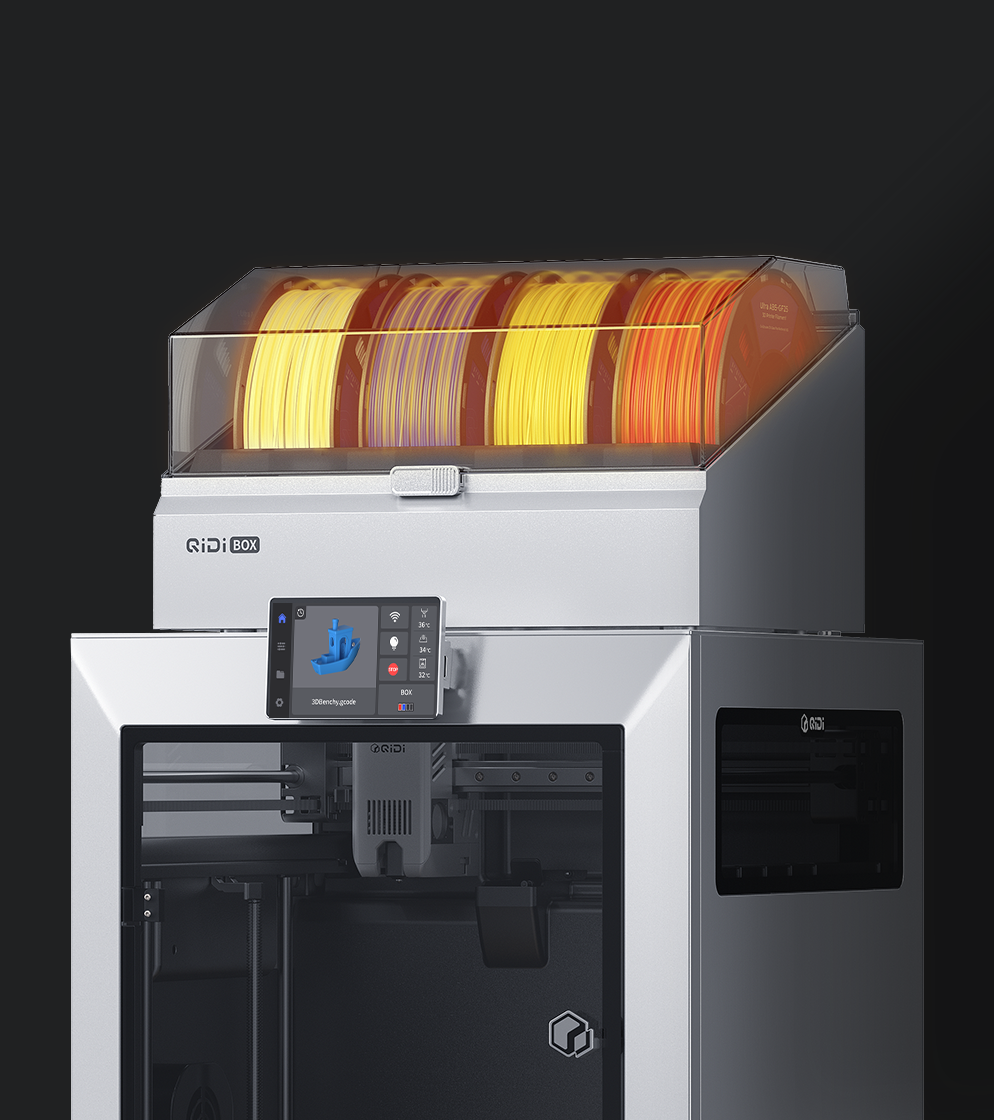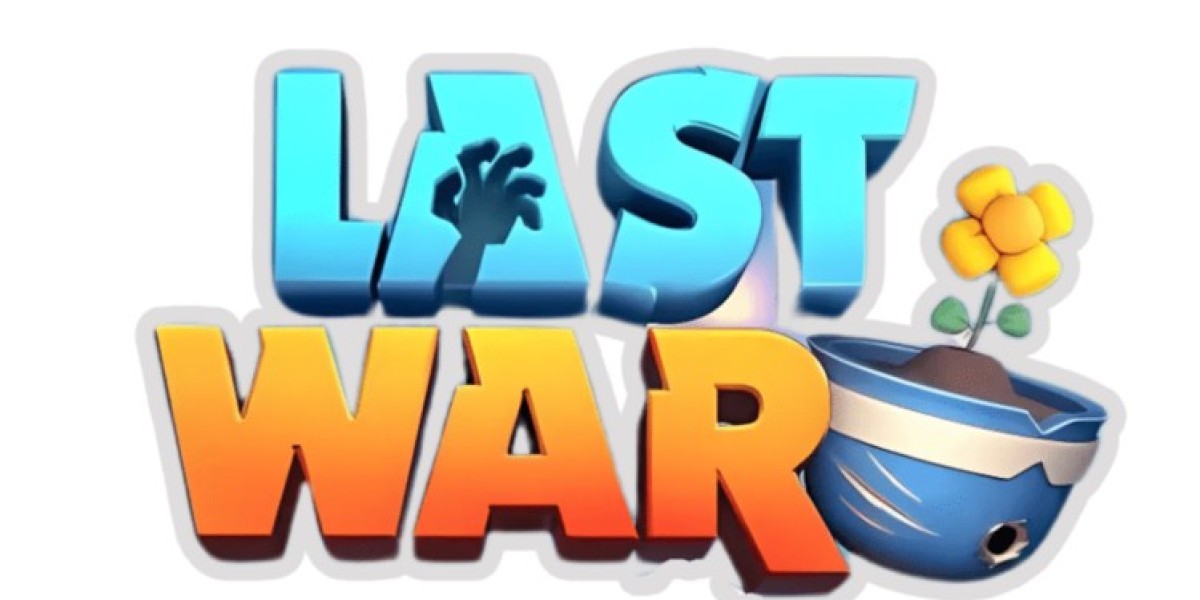Unlock Your Creativity: Discover the Perfect 3D Printer for Beginners!
3D printing has become an exciting avenue for creativity, allowing hobbyists and creators to bring their ideas to life in a tangible form. With the technology becoming more accessible than ever, many are eager to dive into this innovative world. However, for beginners, selecting the right 3D printer is crucial to ensure a smooth and enjoyable experience. This article will guide you through the essentials of 3D printing, highlight key features to look for in a printer, and provide helpful tips to get started on your 3D printing journey. Whether you're looking to create custom designs or simply explore a new hobby, understanding the fundamentals will set the stage for your success.

Understanding 3D Printing Technology
At its core, 3D printing is a process that creates three-dimensional objects from a digital file. This is achieved using additive manufacturing techniques, where material is deposited layer by layer to form the desired shape. The most common type of 3D printing is Fused Deposition Modeling (FDM), which melts plastic filament and extrudes it through a nozzle. Other methods include Stereolithography (SLA), which uses a UV light to cure resin, and Selective Laser Sintering (SLS), which employs lasers to fuse powdered materials. Understanding these different technologies is vital for beginners, as it helps in selecting a printer that aligns with their goals and intended projects. For instance, FDM printers are generally more user-friendly and affordable, making them a popular choice for newcomers.
Key Features to Look for in Beginner 3D Printers
When choosing a 3D printer as a beginner, several key features can significantly enhance your experience. Firstly, the build volume is essential; it determines the maximum size of the objects you can print. Beginners should also prioritize ease of use, as user-friendly interfaces and straightforward setup processes can make a big difference. Print quality is another critical factor; look for printers that offer high resolution to ensure your creations turn out well. Lastly, reliability is paramount; a good printer should have consistent performance to avoid frustrating failures. I remember when a friend first tried 3D printing; they opted for a printer that was complicated to use, which made their initial projects challenging. A simpler option would have allowed them to focus more on creativity rather than troubleshooting.
Common Types of 3D Printers for Beginners
For beginners, understanding the common types of 3D printers available can aid in making an informed decision. FDM printers are widely regarded as the best option for novices due to their affordability and ease of use. They work with thermoplastics, making them versatile for various projects. SLA printers, which utilize resin, offer higher detail and smoother finishes but can be more challenging to handle, especially regarding the post-processing of prints. There are also Delta printers, known for their speed and precision, but they may require a steeper learning curve. Each type has its pros and cons, so it's essential to assess your specific needs and projects. For instance, if detail is your priority, an SLA might be worth considering, while FDM printers are perfect for larger, more robust items.
Tips for Getting Started with Your First 3D Printer
Getting started with your first 3D printer can be an exciting yet daunting experience. To ease the transition, begin by thoroughly reading the user manual and familiarizing yourself with the printer's components. Setting up the printer in a well-ventilated area is essential, especially if you're using materials that emit fumes. Selecting appropriate slicing software is crucial, as this translates your digital models into printable files. Many user-friendly options are available, often tailored for specific printer models. Additionally, sourcing quality materials can significantly affect the outcome of your prints; starting with beginner-friendly filaments can yield positive results. I recommend starting with simple projects, like small figurines or basic geometric shapes, to build confidence before moving on to more complex designs.
Community and Resources for Beginners
Engaging with the 3D printing community can provide invaluable support as you embark on your journey. Numerous online forums and social media groups are dedicated to sharing knowledge, troubleshooting tips, and inspiration for projects. Platforms like forums and social media groups connect you with experienced enthusiasts who can offer advice and answer your questions. Additionally, many learning platforms offer courses and tutorials specifically designed for beginners, which can be a great resource for understanding the nuances of 3D printing. Participating in local maker spaces or workshops can also enhance your skills while allowing you to meet like-minded individuals who share your interest.
Final Thoughts on Choosing the Right 3D Printer
In summary, choosing the right 3D printer is a pivotal step in unlocking your creativity and embarking on exciting projects. By understanding the technology, recognizing essential features, exploring different printer types, and utilizing available resources, beginners can set themselves up for success. Whether you're creating practical items or artistic designs, the journey of 3D printing promises to be fulfilling and rewarding. So take the plunge, explore your options, and let your creativity soar as you dive into the world of 3D printing!






